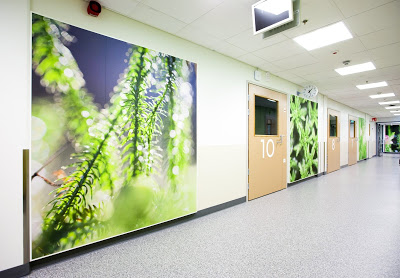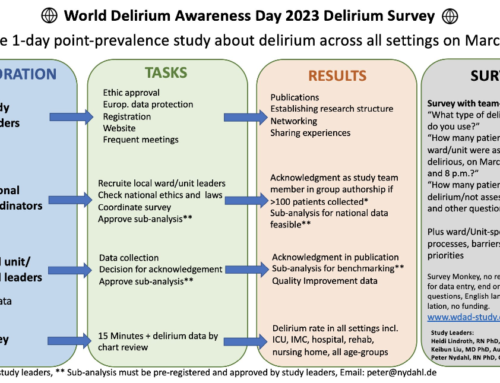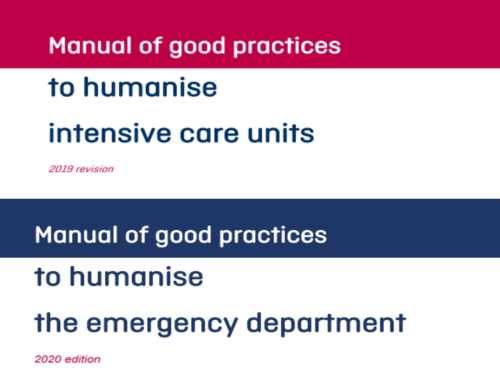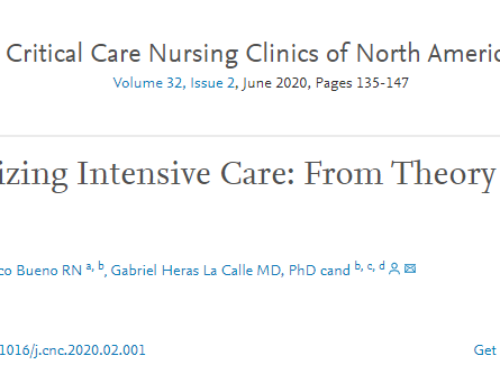I spent last night in a nice calm hotel in the capital of Finland, Helsinki. Working in the field of acoustics I always bring a tool to measure simple indoor climate parameters: light, humidity, temperature and of course sound pressure levels. In my room last night I measured 34 dB. I’ll get back to that…
In Dec. 2005, the Journal of the Acoustical Society of America published a study by Busch-Vishniac et al. called “Noise Levels in John Hopkins Hospital”, and the study analyzed data from research in hospitals across the world between 1960 and 2005. Not one hospital complied with WHO guidelines (WHO recommends 30 dB to secure a good night’s sleep) and the sound levels have increased on average 15 dB during the day and 18 dB during the night during the years! Looking at the study it also showed that sound levels over 70 dB during day and 60 dB during the night are not unusual.
So – WHY does WHO set demands that are impossible (?) to reach. WHY should we bother? Being deprived the possibility to sleep is being deprived the possibility to heal! When we are sick we need to recover and rest more than anything else.
When we work with soundscapes in hospitals we therefor find it necessary to evaluate NOT only the sound pressure levels but more HOW the sound behaves and because of what: Will we have reflecting surfaces that built up the sound and cause long reverberation time? Is the speech clarity so bad that the staff has to raise their voices? Will the sound propagate because of hard walls, ceilings and flooring – and disturb everyone in the ward? To control the sound pressure levels – and to reach WHO recommendations we have to evaluate WHAT leads to a certain sound pressure level. If we want low levels in hospitals – we need to look at activity based design consisting of information about:
– People: Who are the people – what are their needs and behavior?
– Activity: What is the action? What happens? (Will several people talk at the same time? Will there be a lot of traffic? Is it a room with only one person?)
– Room: What does the room look like? (Dimensions, size, shape, furniture, material, surfaces).
When we have analyzed that we more or less can predict the sound scape. If we have a room that is a multi-talking environment – with a lot of equipment – we need to take care of good speech intelligibility and auditory strength. That is the only way to keep the sound levels down! And how do we do that? Today we can combine good acoustic products with both high cleanability and design – AND setting high demands on the acoustic descriptors (speech clarity, auditory strength, sound propagation, reverberation time) will control the sound pressure levels! It’s NOT rocket science: If we have hard surfaces (glass, metal, hard gypsum) the sound will build up but when we use acoustic material in the ceiling and on the walls the sound energy will be absorbed. THEN the sound pressure levels will go down.
In my hotel room last night – where there was no acoustic treatment – despite that I measured 34 dB. I was the only person in the room – and I don’t talk to myself (a lot). ONLY because of that (and the fact that there was not a single guest moving in the corridor) the sound pressure level was low. How many times to you have that condition in a hospital? Never!
Mai-Britt Beldam
Central Concept Developer – Healthcare
Market Department – Market Development Team
Ecophon Group








Leave A Comment